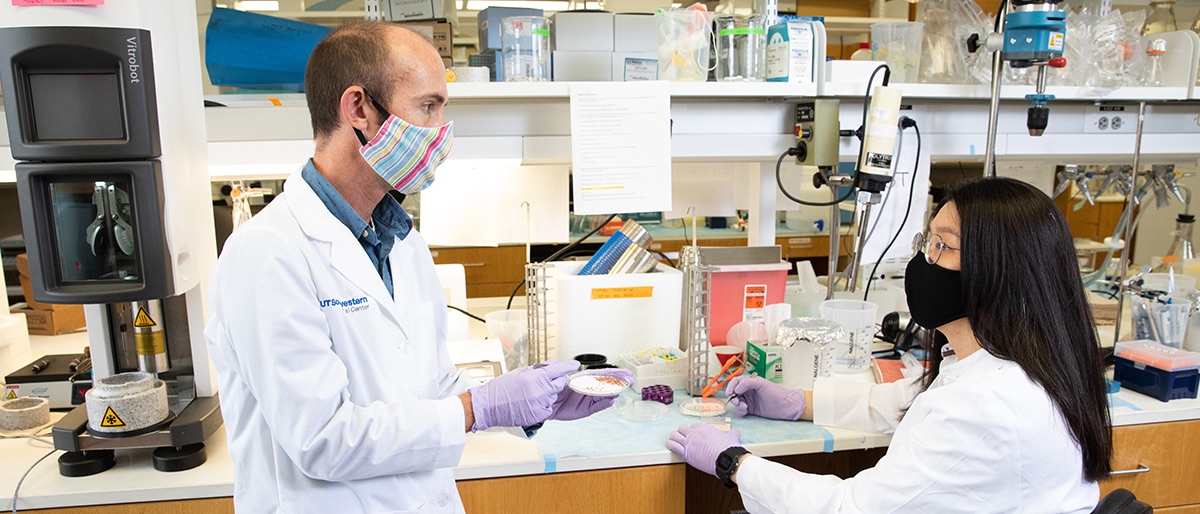Study details how general anesthetics and 'benzos' act on receptors in the brain

As you drift into unconsciousness before a surgery, general anesthetic drugs flowing through your blood are putting you to sleep by binding mainly to a protein in the brain called the ɣ-aminobutyric acid type A (GABAA) receptor. Now UT Southwestern scientists have shown exactly how anesthetics attach to the GABAA receptor and alter its three-dimensional structure, and how the brain can tell the difference between anesthetics and the psychoactive drugs known as benzodiazepines – which also bind to the GABAA receptor. The findings were published online in the journal Nature.
“Anesthetics remain one of the most clinically important, yet mysterious, classes of drugs,” said study leader Dr. Ryan Hibbs, Associate Professor of Neuroscience and Biophysics and senior author of the new paper. “We went into this study driven by curiosity about how general anesthesia works – and now we’re one big step closer to answering that question.”
Visit the UT Southwestern Newsroom to read the full story.
Dr. Hibbs holds the Effie Marie Cain Scholar in Medical Research.

